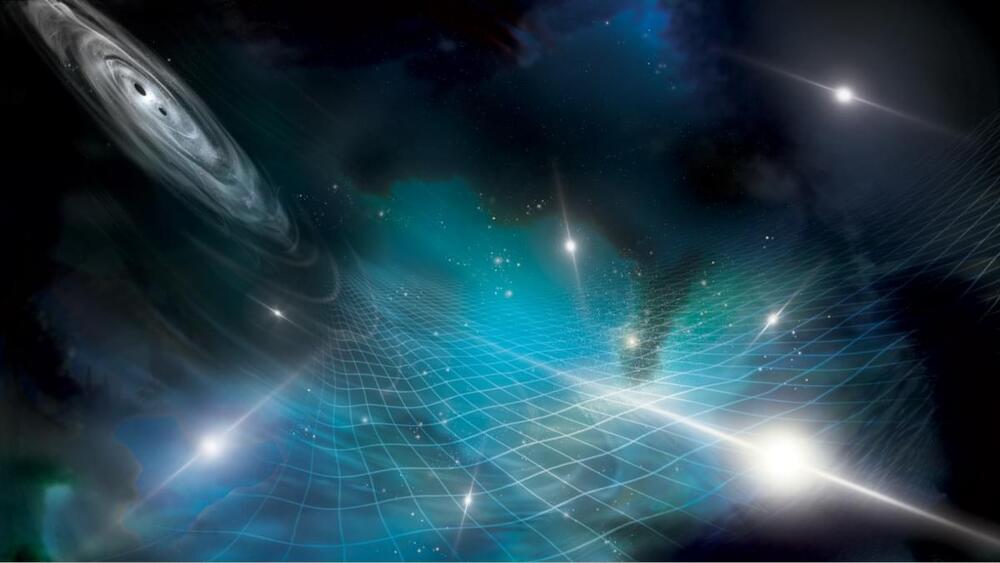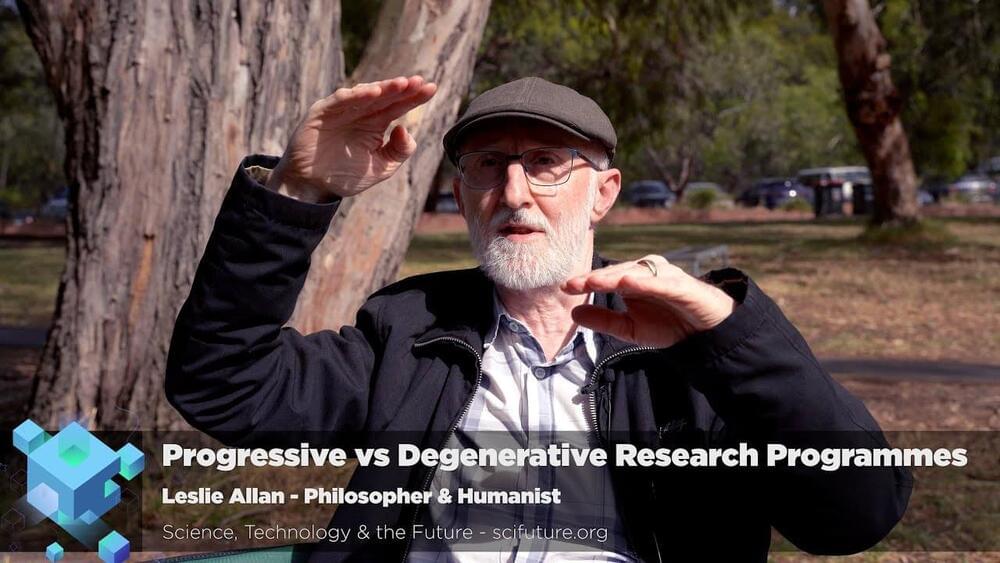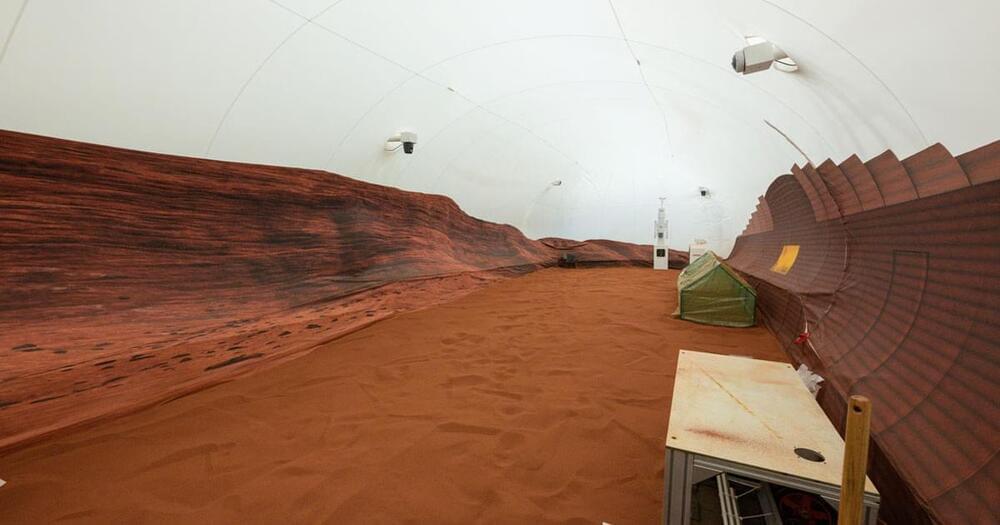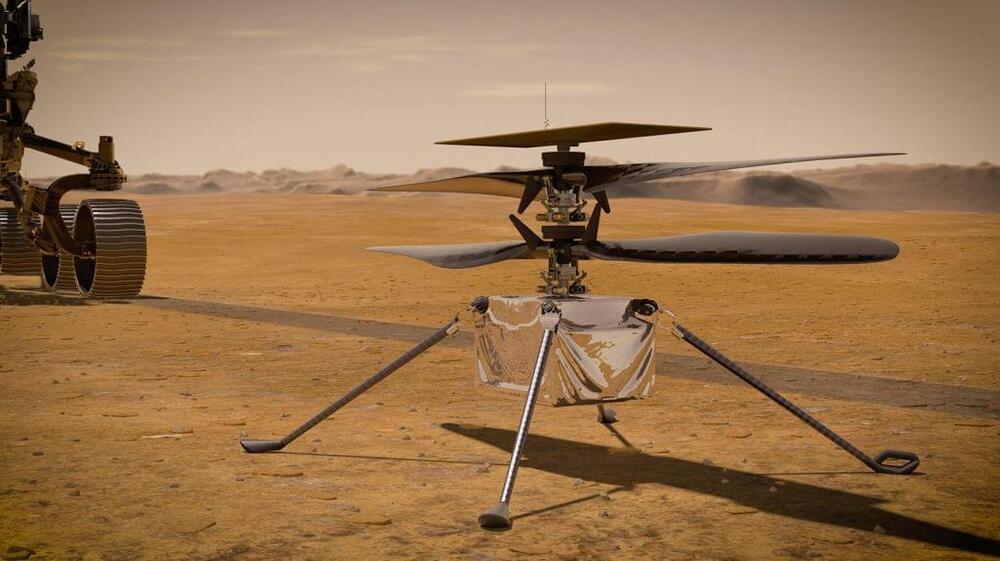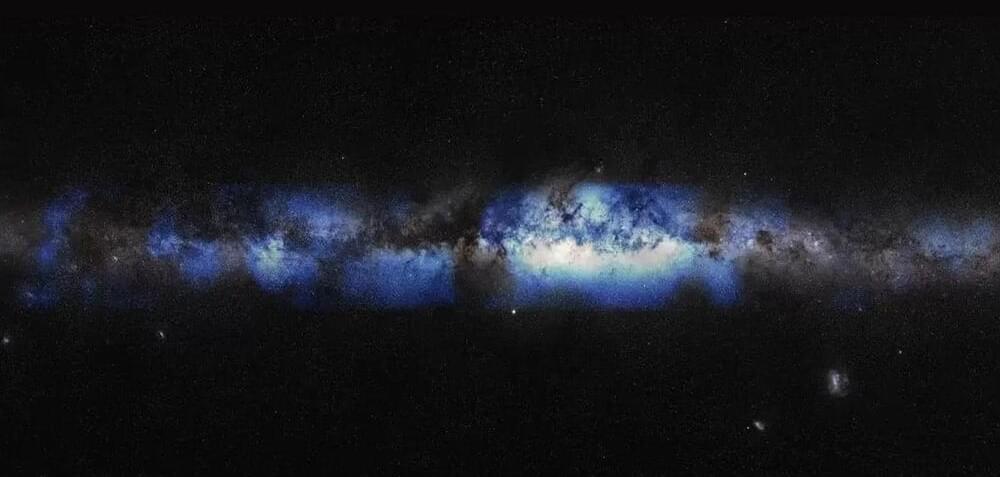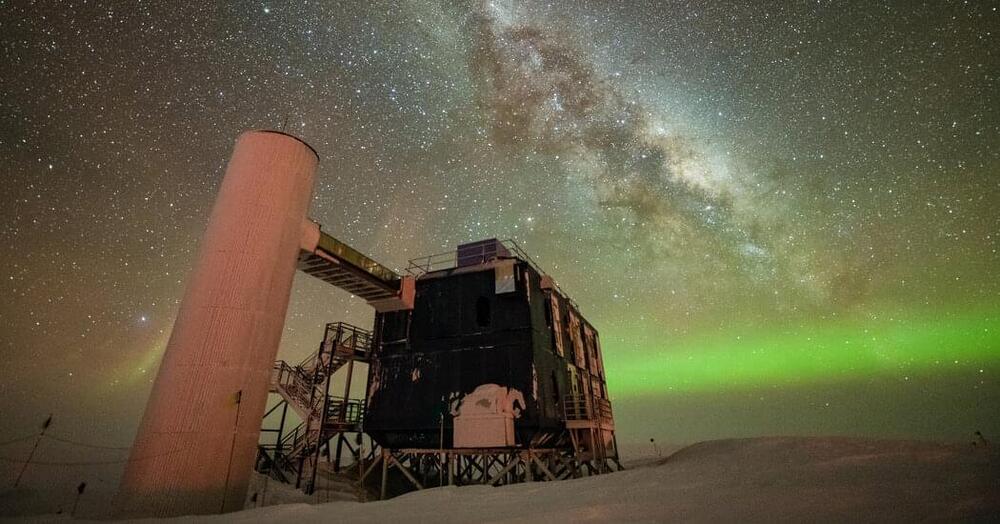Jul 4, 2023
Robotic ‘Light Bender’ on the moon could help Artemis astronauts keep the lights on
Posted by Genevieve Klien in categories: robotics/AI, solar power, space, sustainability
“Part of what we’re doing is conceptually simple, reflecting sunlight to a solar panel located in the dark,” said Maxar Chief Robotics Architect and lead for Light Bender Sean Dougherty in a Maxar statement. “Where it gets complex is doing that without humans involved. We’re leveraging investments in autonomy to study how NASA can use robots to assemble and deploy a set of reflectors that keep sunlight focused on a solar panel operating in the shadows. It’s never been done before.”
Light Bender works by hoisting two 33-foot (10-meter) reflectors up a 65-foot (20-meter) telescoping mast. One mirror autonomously tracks the sun and reflects that light to the second mirror, which then reflects those rays towards the intended solar panels.
The Light Bender project is a collaboration between Maxar and NASA’s Langley Research Center, and is scheduled for its first terrestrial demonstration in 2025. The company was awarded the contract in May 2023, under NASA’s Announcement of Collaboration Opportunity Program. For their part, NASA’s team is responsible for Light Bender’s structural design, and Maxar is taking the lead on the robotics — an aptitude for which the company has demonstrated in the past.

